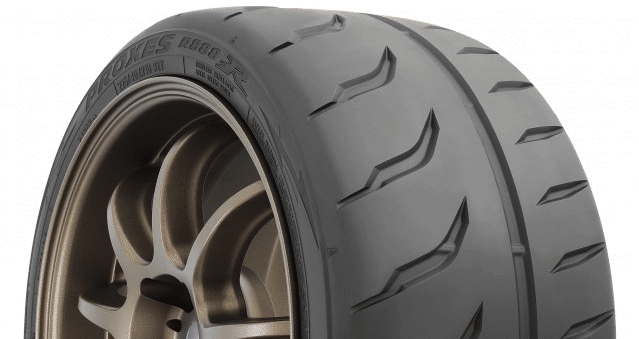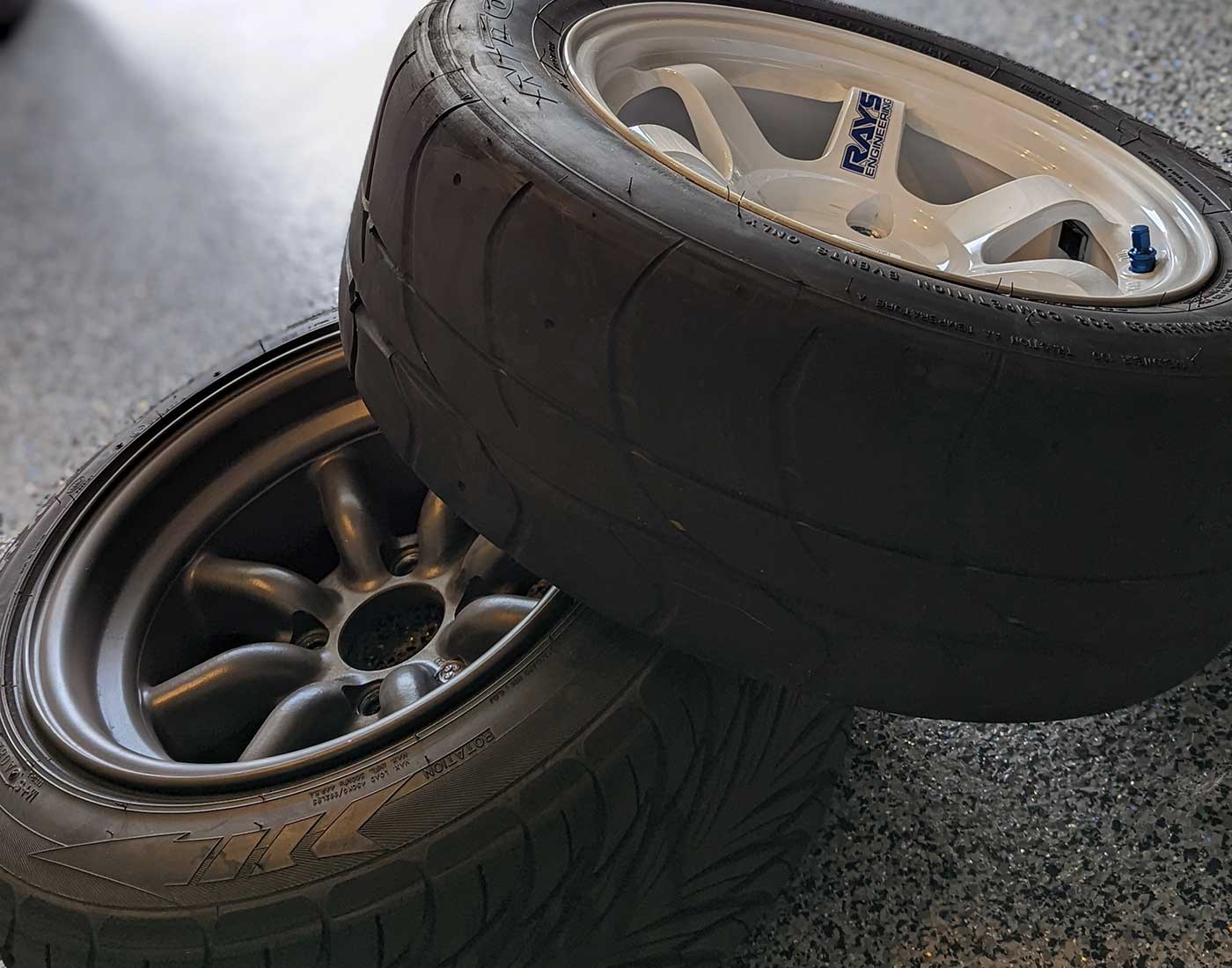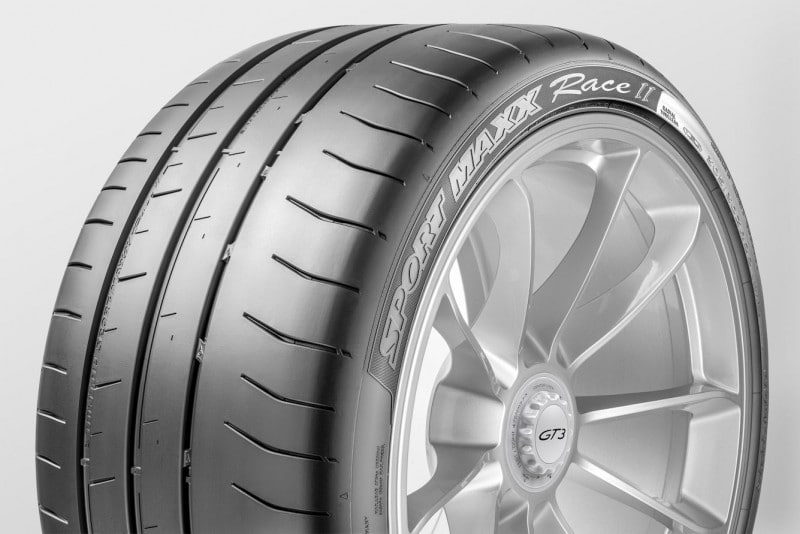All Categories
Featured
Table of Contents
I had the ability to obtain 100 hours out of among these tires, and while it had absolutely no tire lugs left on it, the soft substance made it work very wellas long as I was utilizing a soft mousse. Kitt Stringer picture Easy mounting - 3Wear - 3Sidewall strength - 3Performance on roots - 4Performance on wet rocks - 2Traction on dirt - 5Cornering ability - 4Traction while braking - 4Self-clearing of dirt and mud - 3Performance in mud - 3Overall predictability or tracking - 3 _ 37 Conclusion: This is a great all-around tire with excellent worth for money.

The wear corresponded and I such as how much time it lasted and exactly how constant the feeling was during use. This would additionally be a good tire for faster races as the lug size and spacing bit in well on rapid surface. Kitt Stringer picture Easy mounting - 3Wear - 3Sidewall toughness - 3Performance on roots - 4Performance on damp rocks - 4Traction on dirt - 4Cornering capability - 4Traction while stopping - 5Self-clearing of dirt and mud - 4Performance in mud - 4Overall predictability or tracking - 4_42 Final thought: I liked this tire a whole lot.
If I had to buy a tire for tough enduro, this would be in my leading choice. Easy installing - 3Wear - 3Sidewall toughness - 3Performance on roots - 4Performance on wet rocks - 3Traction on dirt - 4Cornering ability - 3Traction while stopping - 3Self-clearing of dirt and mud - 4Performance in mud - 4Overall predictability or monitoring - 3 _ 34 Verdict: This tire was very soft and flexible.
All the gummy tires I examined performed rather close for the very first 10 hours or so, with the winners going to the softer tires that had better traction on rocks (Performance tyres). Investing in a gummy tire will certainly offer you a strong advantage over a normal soft substance tire, but you do spend for that benefit with quicker wear
Honest Tyre Maintenance Near Me (Morley)
This is an optimal tire for spring and loss problems where the dust is soft with some wetness still in it. These tried and tested race tires are wonderful all around, but put on rapidly.
My total victor for a hard enduro tire. If I needed to spend cash on a tire for daily training and riding, I would select this one.
Best Tyre Servicing Near Me
I have actually been running a set of Michelin Power Pilot 2CT's on my track Daytona 675 for the past year. In that time I have done 15 track days in all climates from chilly wet to super hot and these tires have actually never missed a beat. Tyre inspections. I've done almost 2,000 miles (3,200 kilometres) on them and as you can see from this shot of the front taken after first session of my 15th track day on them, they still have quite a whole lot of rubber left on them
Simply put the 2CT is an impressive track day tyre. If you're the kind of cyclist that is most likely to run into both damp and completely dry conditions and is beginning on the right track days as I was in 2014, then I assume you'll be difficult pushed to locate a much better value for cash and qualified tyre than the 2CT; a set of which will certainly establish you back around 185 (US$ 300) in the UK.
Coming up with a much better all round road/track tire than the 2CT have to have been a tough job for Michelin. The result of that initiative is the Michelin Pilot Power 3 which essentially changes the Pure. Don't puzzle this brand-new tire with the road going Pilot Road 3 which is not made for track use (although some bikers do).
When the Pilot Power 3 launched, Michelin recommended it as a 50:50% road: track tire. All the rider reports that I have actually reviewed for the tyre rate it as a much better tyre than the 2CT in all locations however especially in the damp.
Reliable Tyre Balancing Near Me
Technically there are plenty of distinctions between both tires despite the fact that both make use of a double substance. Visually you can see that the 2CT has less grooves reduced right into the tyre but that the grooves go to the side of the tire. The Pilot Power 3 has even more grooves for much better water dispersal yet these grooves do not get to the shoulder of the tyre.
One facet of the Pilot Power 3 which is various to the 2CT is the brand-new 2CT+ modern technology which expands the harder center area under the softer shoulders (on the rear tyre). This ought to give more stability and reduce any type of "squirm" when speeding up out of corners despite the lighter weight and even more adaptable nature of this brand-new tire.

I was a little dubious about these reduced pressures, it turned out that they were fine and the tires executed actually well on track, and the rubber looked far better for it at the end of the day. Equally as a point of referral, various other (fast group) cyclists running Metzeler Racetecs were utilizing tire pressures around 22-24 psi for the back and 24-27 psi on the front.
Coming up with a much better all rounded road/track tire than the 2CT should have been a hard task for Michelin. The result of that initiative is the Michelin Pilot Power 3 which basically changes the Pure. Do not perplex this new tire with the roadway going Pilot Road 3 which is not designed for track use (although some riders do).
Tyre Deals – Morley
They motivate significant self-confidence and supply fantastic hold degrees in either the damp or the completely dry. When the Pilot Power 3 launched, Michelin advised it as a 50:50% road: track tire. That message has just recently changed due to the fact that the tires are currently advised as 85:15% road: track usage rather. All the rider reports that I've checked out for the tyre rate it as a much better tyre than the 2CT in all locations but especially in the damp.

Technically there are several differences in between both tires also though both utilize a dual compound. Visually you can see that the 2CT has fewer grooves cut into the tyre yet that the grooves run to the side of the tyre. The Pilot Power 3 has more grooves for better water dispersal however these grooves don't get to the shoulder of the tyre.
One facet of the Pilot Power 3 which is different to the 2CT is the brand-new 2CT+ technology which prolongs the harder center section under the softer shoulders (on the rear tyre). This should offer much more security and minimize any type of "agonize" when speeding up out of corners in spite of the lighter weight and more adaptable nature of this brand-new tire.
I was somewhat uncertain about these reduced stress, it transformed out that they were great and the tyres done actually well on track, and the rubber looked better for it at the end of the day - Tyre tuning. Equally as a point of recommendation, various other (quick team) bikers running Metzeler Racetecs were making use of tyre stress around 22-24 psi for the back and 24-27 psi on the front
Latest Posts
Vehicle Tyres Near Me
Tyre Repair Services Near Me (Yokine WA)
Trusted Tyre Servicing Near Me – Alexander Heights WA